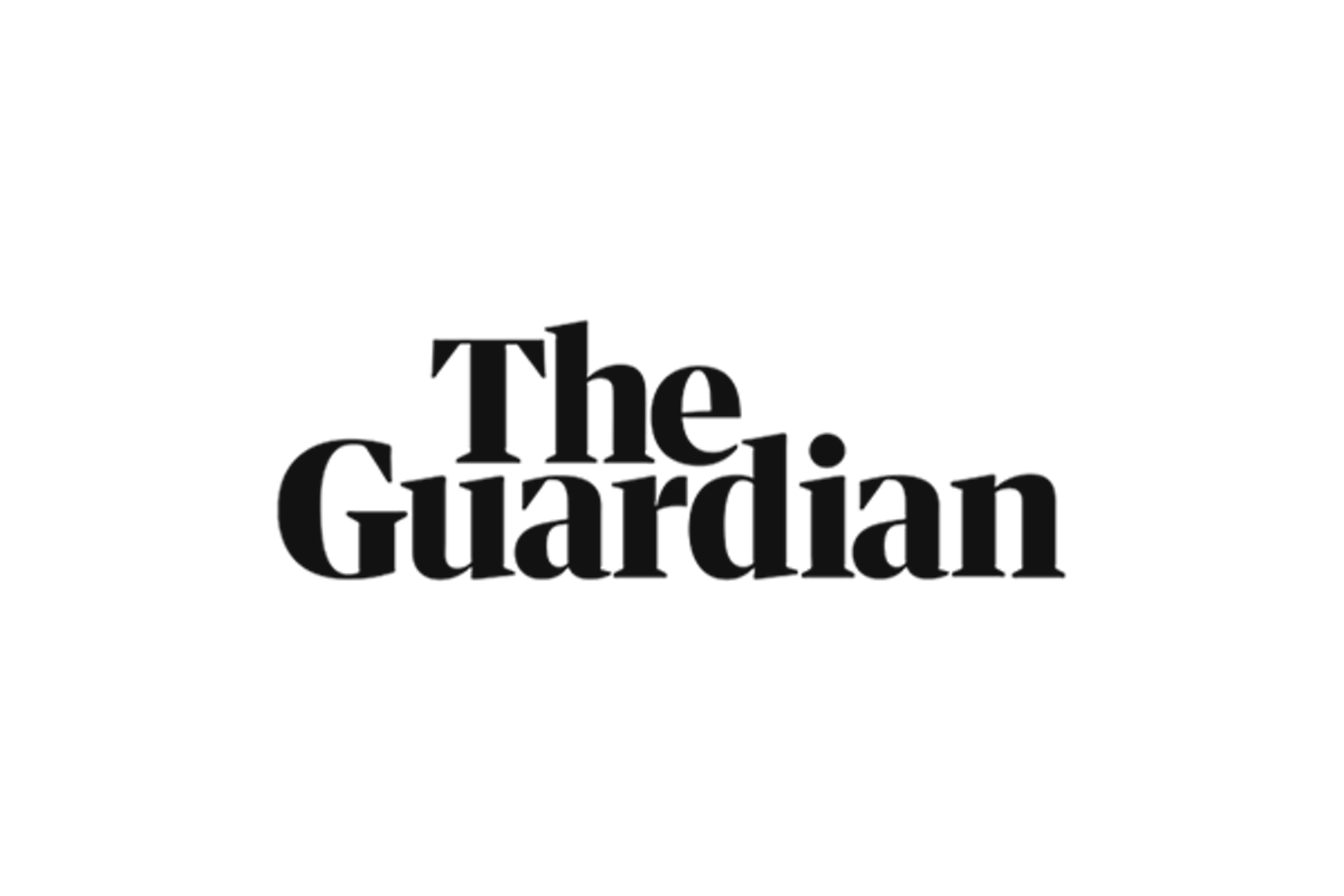Tracker mortgages are linked to an economic indicator such as the Bank of England base rate. As the indicator goes up and down, your mortgage interest rate will follow it. This can therefore be slightly easier to predict than other variable rates, as the Bank of England’s base rate changes are well-publicised.
Often the rate is a specific percentage over the indicator, for instance, it could be the base rate plus a set percentage. Most tracker mortgage deals last between two to five years, but you can find longer offers.
Longer tracker rate deals may come with a collar or cap, but caps are very rare. A collar (or floor) is a set rate that your mortgage interest rate will not fall below. This means that if the Bank of England base rate (or other financial indicator) falls to 0, but your deal is capped at 0.5%, then you will still have to pay 0.5%.
A cap (or ceiling) is a guarantee that your mortgage will never rise above the defined amount, regardless of what happens to the financial indicator it’s following. For this reason, they are very rare, but also not as competitive as tracker rates without a cap, as they are riskier for the lender.


















